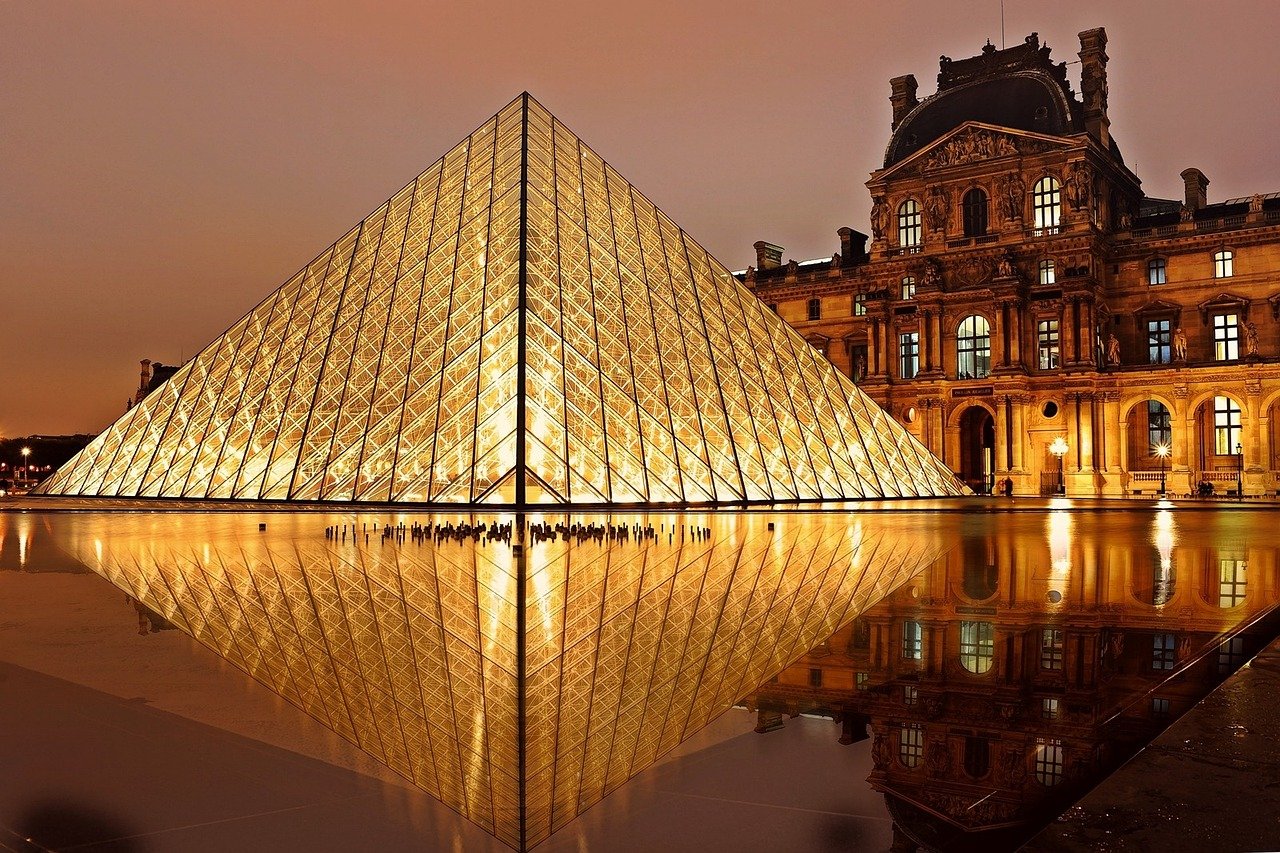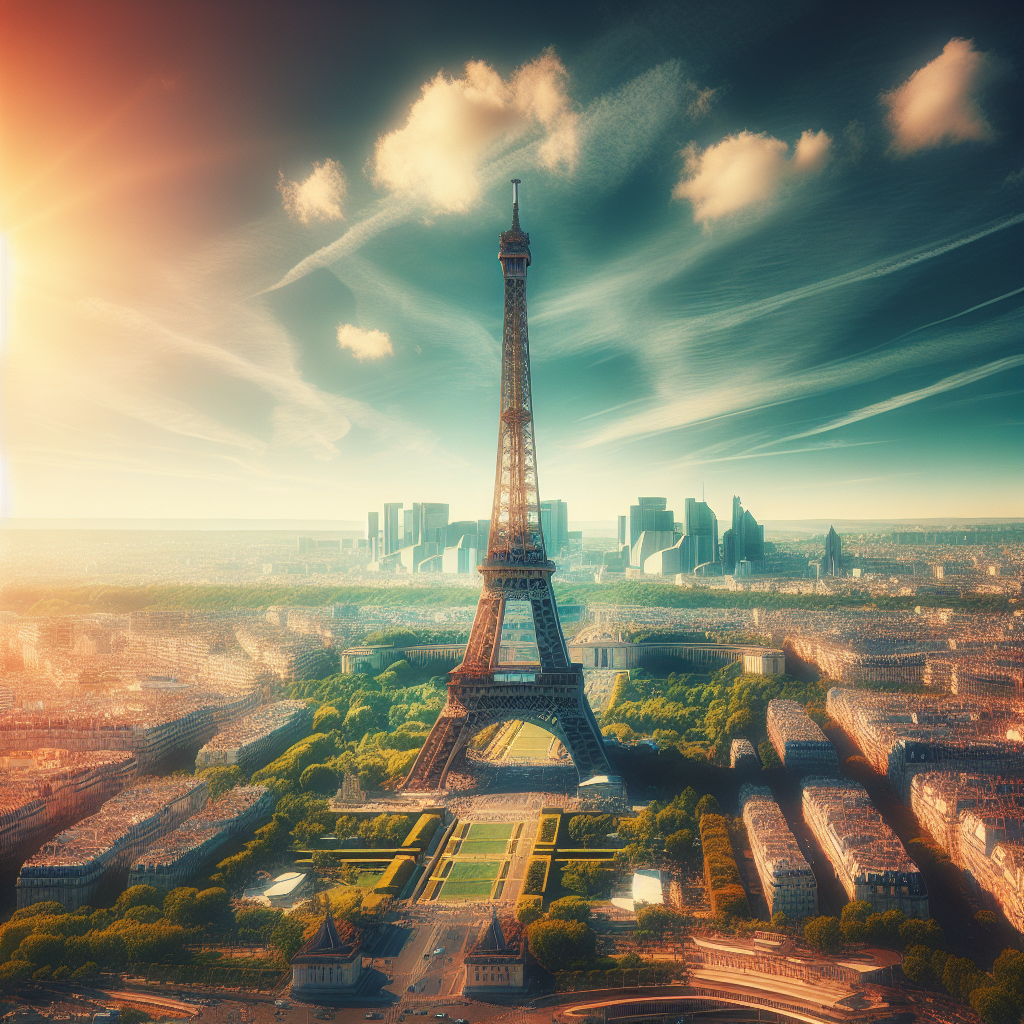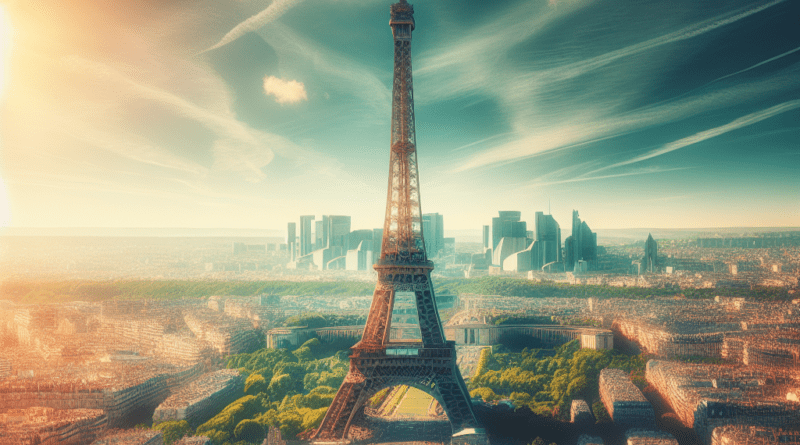France Eiffel Tower
Set your adventurous heart on the globally-acclaimed beacon of France – the Eiffel Tower. Imagine standing at the top, embracing the breathtaking view of Paris where elegant history intertwines with the vibrant present. In this article, you will explore facts, stories and the unique charm of the Eiffel Tower that beckons millions every year. Your longing for awe-inspiring landmarks and the thirst for international escapades will find satiation in the intricate descriptions of this architectural marvel. Unearth the allure of France, and most specifically, the Eiffel Tower, in this engaging read that maps the journey of an adventure-seeking traveller soaking in the global phenomena.

Historical Background of the Eiffel Tower
The Eiffel Tower, one of the most recognizable structures in the world, didn’t simply appear in the heart of Paris. Its history is as intricate and captivating as the City of Light itself.
Significance in French History
In the late 19th century, France was gearing up to host the 1889 Exposition Universelle (World’s Fair). They wanted to showcase their industrial might and architectural ingenuity, so they planned to erect an iron tower that would stand 300 meters high, an unprecedented feat of engineering.
Construction Process
Undertaking the construction of what would be the tallest structure in the world was no small task. Gustave Eiffel and his team came up with a revolutionary design that would make use of prefabricated iron parts. Some 18,038 individual pieces were precisely assembled with over 2 million rivets, ensuring each component fell perfectly into place. To add to the challenge, they had to implement innovative techniques to prevent the Seine from flooding the foundations.
Inauguration of the Eiffel Tower
Finally, after over two years of meticulous planning and building, the tower was completed in March 1889. Gustave Eiffel himself had the honor of placing the final piece, a flag, on top of the Eiffel Tower.
Architectural Design
Remember, there was nothing remotely like the Eiffel Tower in existence when it was built. Its four lattice-girder piers, set at an incline and meeting at a single point half a mile in the sky, was as visually stunning as it was structurally pioneering.
Controversial Reception in the 19th Century
However, not everyone was quick to praise Gustave Eiffel’s brainchild. In the years and months leading up to the inauguration, prominent artists and intellectuals expressed their indignation over what they viewed as a monstrous eyesore. Over time, negative opinions lessened and the Eiffel Tower was gradually embraced as a symbol of Paris’s charm and beauty.
Features of the Eiffel Tower
Now, let’s take you on a journey inside this complex piece of architecture.
Height and Structure
With a height of approximately 330 meters and a weight of around 10,100 tons, the Eiffel Tower held the record for the world’s tallest man-made structure for over four decades.
Lighting Display
When evening falls in Paris, this colossal structure transforms into a dazzling spectacle of light. Every evening, 20,000 bulbs illuminate the tower, creating a shimmering display that mesmerizes locals and tourists alike.
Elevators and Stairs
To reach the top of the Eiffel Tower, you have the option of climbing the 1,665 steps or riding inside one of its specially designed elevators, which required an engineering feat in themselves given the unique curved shape of the tower.
Viewing Decks and Floors
Spread across three floors are viewing decks that offer views of the city unparalleled in their breadth and grandeur. There’s a distinct charm to gazing at Paris from these unparalleled vantage points.
The Eiffel Tower as an Antenna
Beyond its beauty and height, the Eiffel Tower holds practical importance as well. Not long after its construction, scientists realized the potential of using the tower as a radio transmission tower, making it a crucial component of global communication infrastructure.

Visiting the Eiffel Tower
So, you’ve decided to come see the Eiffel Tower for yourself. Here’s what you need to know to make your visit seamless and unforgettable.
Best Time to Visit
While there’s no wrong time to visit, the Eiffel Tower sparkles brightest before sunset when the city gets washed in a soft, golden glow. Remember, this iconic landmark draws millions every year, so consider planning your visit in the off-peak seasons for a more serene experience.
Buying Tickets
There are a few options for buying tickets. You could line up on the day, but this could involve considerable wait times. The best option is to buy your tickets online, in advance.
Tour Options
Choose between a variety of tour options to suit your interests. From guided tours that divulge the historical and architectural secrets of the tower, to self-guided tours that let you explore at your own pace.
Accessibility for People with Disabilities
As an iconic monument, it is imperative that the Eiffel Tower is accessible to everyone. It has been adapted to cater to the needs of people with disabilities, with wheelchair-accessible spaces and facilities.
Sustainability Efforts at the Eiffel Tower
The Eiffel Tower isn’t just an historical icon, it’s also a model of sustainable tourism. There are ongoing efforts to reduce its environmental footprint, such as powering the monument with renewable energy and installing energy-efficient lighting.
Attractions Nearby the Eiffel Tower
Seeing the Eiffel Tower can be only a part of your Paris itinerary. Being in the heart of the city, there are several other attractions within walking distance.
The Seine River
Adjacent to the tower is the Seine River. A boat ride along its tranquil waters provides an alternative view of the Eiffel Tower and other notable Parisian landmarks.
Trocadero Gardens
Located just across the Seine from the tower are the Trocadero Gardens. It’s the perfect spot to unwind after your visit and features one of the best spots to photograph the tower, especially at night when it’s lit up.
Musee du quai Branly
A short walk from the tower is the Musee du quai Branly, an art museum featuring works from Africa, Asia, Oceania, and the Americas.
Champ de Mars
Lying in the tower’s shadow is Champ de Mars, a vast public greenspace that’s perfect for picnics or simply resting your feet after a day of touring.
Les Invalides
A bit further, but still within walking distance, is Les Invalides, a complex of museums and monuments all relating to the military history of France.

Restaurants and Shops at the Eiffel Tower
Your Eiffel Tower experience doesn’t have to stop at gazing out over the Paris skyline or learning about its history. There’s plenty to eat and shop for as well.
58 Tour Eiffel Restaurant
Located on the first floor of the tower is the 58 Tour Eiffel Restaurant. Here, you can enjoy a gourmet meal with the cityscape of Paris as your backdrop.
Le Jules Verne
On the second floor, you’ll find Le Jules Verne. This world-class restaurant serves up exquisite French cuisine paired with stunning views.
The Buffets
Sprinkled across the tower are buffets serving a variety of treats and refreshments. Perfect for a quick snack or a pick-me-up coffee.
The Champagne Bar
Toast to your visit with a glass of bubbly at The Champagne Bar, located at the very top of the Eiffel Tower.
Eiffel Tower Souvenir Shops
No visit is complete without a memento. A range of Eiffel Tower-themed souvenirs, from postcards to keychains, can be found in the tower’s several gift shops.
Eiffel Tower in Popular Culture
Beyond its physical location in Paris, the Eiffel Tower has made its way across the globe through various forms of popular culture.
Appearances in Films and Television
The Eiffel Tower has been portrayed in countless films and television series. In both, it often serves as a backdrop for memorable scenes and is regularly portrayed in sweeping establishing shots of Paris.
In Literature and Music
The iconic landmark has been immortalized in countless novels, poems and songs. It serves as a muse for artists, acting as a symbol of love, strength, or even a beacon of aspiration.
Fashion and Design
The tower’s iconic silhouette is a favorite among fashion designers and design industries, often appearing on garments, jewelry, and in interior design motifs.
Famous Photographs and Artwork
Many famous photographers and artists have been inspired by the Eiffel Tower. Their work, featuring varied interpretations and perspectives of the tower, contributes to its global recognition.
Festivities and Events at the Eiffel Tower
The Eiffel Tower hosts a variety of events throughout the year, from music concerts to light shows, enhancing its stature as a vibrant cultural venue.

The Eiffel Tower and Science
The Eiffel Tower isn’t just about aesthetics and tourism; it also contributes to several scientific studies.
Weather Station
Did you know there’s a weather station at the top of the Eiffel Tower? It’s been operational since the tower’s early days, providing meteorological data.
Radio and Television Transmission
As it turns out, the Eiffel Tower is a significant global communications asset. Its height makes it a perfect antenna for radio and television transmission.
Observatory for Cosmic Rays
The tower has an observatory for cosmic rays, helping enhance our understanding of these high-energy particles from outer space.
Climate Change Research
Researchers have utilized the Eiffel Tower for climate change research, by monitoring the tower’s contraction and expansion due to varying temperature.
Engineering Studies
Furthermore, the Eiffel Tower provides invaluable insights into civil engineering and materials science, with its iron lattice design having inspired countless structures around the world.
Controversies and Threats to the Eiffel Tower
While today the Eiffel Tower is beloved and admired, it has had its fair share of issues.
Initial Opposition
As mentioned earlier, when the Eiffel Tower was first announced, it met significant resistance from many prominent Parisians who considered it an ugly monstrosity.
Cultural and Aesthetic Debates
Debates have continued into the modern era about its aesthetic value, with many arguing it doesn’t fit into the classical Parisian skyline.
Safety Concerns and Incidents
With the high visitation rate, safety concerns have often been raised around the Eiffel Tower. Moreover, It’s had its share of misfortunes, from suicides to accidents.
Preservation Challenges
Given its age, keeping the Eiffel Tower intact is challenging. Weather-induced corrosion and pollution-induced discoloration requires regular maintenance.
Terrorism Threats
In the current geopolitical climate, iconic monuments like the Eiffel Tower are vulnerable to terrorism. Stringent security measures are now in place to keep visitors safe.
The Eiffel Tower Today
Despite controversies and challenges, the Eiffel Tower has persevered.
Tourist Experience
A visit to the Eiffel Tower is nothing short of magical. Whether it’s your first visit or your tenth, the Eiffel Tower always promises a moment of awe.
Conservation and Maintenance
To ensure its continued existence, regular conservation and maintenance work is conducted on the Eiffel Tower. This includes everything from applying fresh paint to preventing rust.
Green Initiatives
In line with modern concerns, various green initiatives have been implemented, including energy-efficient lighting and use of renewable energy.
Digital Innovation
From interactive educational screens to free Wi-Fi and accessibility apps, the Eiffel Tower has embraced the digital age to improve the visitor experience.
Community Engagement
The Eiffel Tower connects with the community in various ways, from hosting local events to implementing feedback to improve visitor experience.
Future of the Eiffel Tower
Though standing for more than a century, the Eiffel Tower is ever-evolving and holds immense promise for the future.
Planned Renovations
Plans are regularly drawn for the renovation of the tower to make it more modern, accessible, and sustainable.
Innovation in Visitor Services
Initiatives are continuously being crafted to make visitor services more tech-friendly and efficient.
Sustainability Goals
As part of its commitment to the environment, new measures are yearly adopted to make the monument more sustainable.
Potential New Features
There are always talks of introducing new features, from thrill rides to enhanced viewing platforms, each idea aiming to augment the Eiffel Tower’s allure.
Legacy and Influence on Other Landmarks
Undoubtedly, the Eiffel Tower’s influence on architecture and design around the world is indelible. Its legacy is seen in the many replicas and structures inspired by its design.
So there you have it, everything you need to know about the Eiffel Tower. Whether you’ve been before, or plan to visit, it’s awe-inspiring to think of the enormous history and effort that’s gone into creating, maintaining, and enhancing this true icon of human ingenuity.




